Divine Tips About How Do You Make A Stacked Bar Chart With 3 Variables To Change The Number Range In Excel Graph

The graph usually compares different categories.
How do you make a stacked bar chart with 3 variables. Open the worksheet and click the insert button to access the my apps option. We can create stacked bar chart as follows: Follow the steps below to create a bar graph with 3 variables in excel.
What is a bar chart? How to create stacked bar chart with line in excel. You get a bar stacked chart in excel as the output.
A default chart will be created. The stacked bar chart automatically appears, as shown in the above image. First and foremost, you need to have your data organized and ready to go.
To create a bar of pie chart in excel, follow these steps: How to create stacked bar chart with dates in excel. By zach bobbitt august 9, 2022.
One important consideration in building a stacked bar chart is to decide which of the two categorical variables will be the primary variable (dictating major axis positions and overall bar lengths) and which will be the secondary (dictating how each primary bar will. Modified 7 years, 2 months ago. In this guide, we’ll show you the process of crafting impressive stacked bar charts in excel and give you tips on solving any obstacles you may encounter.
Continue reading the guide below to learn all about making a bar graph in excel. Learn, download workbook and practice. Part of r language collective.
How to make a stacked bar chart in excel: Navigate to the insert tab. What are stacked charts in excel?
A stacked bar chart shows the comparison between different parts of your data and their contribution to the whole graphically. Start learning now. How to create bar chart with multiple categories in excel.
These can be simple numbers, percentages, temperatures, frequencies, or literally any numeric data. Select the entire data range that you want to include in the chart. Just a simple data example:
Then, go to the insert tab and click on the “clustered column” chart option. Let's say we have sales data for different kinds of fruit across 6 different regions (europe, north america, asia, africa, south america and australia). Your data might look a lot like this:
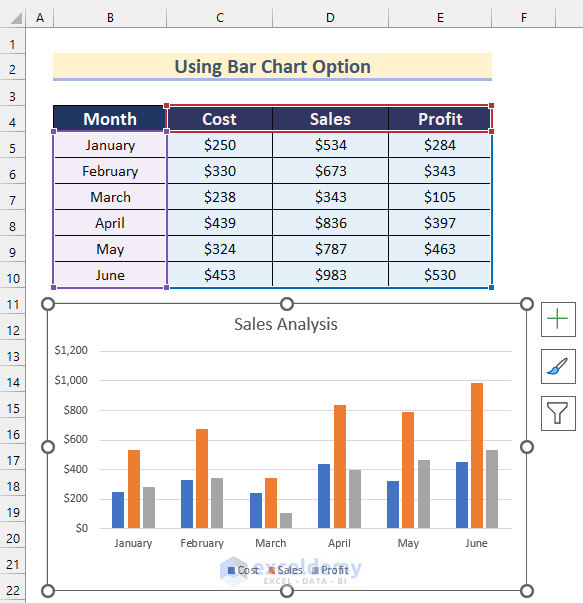
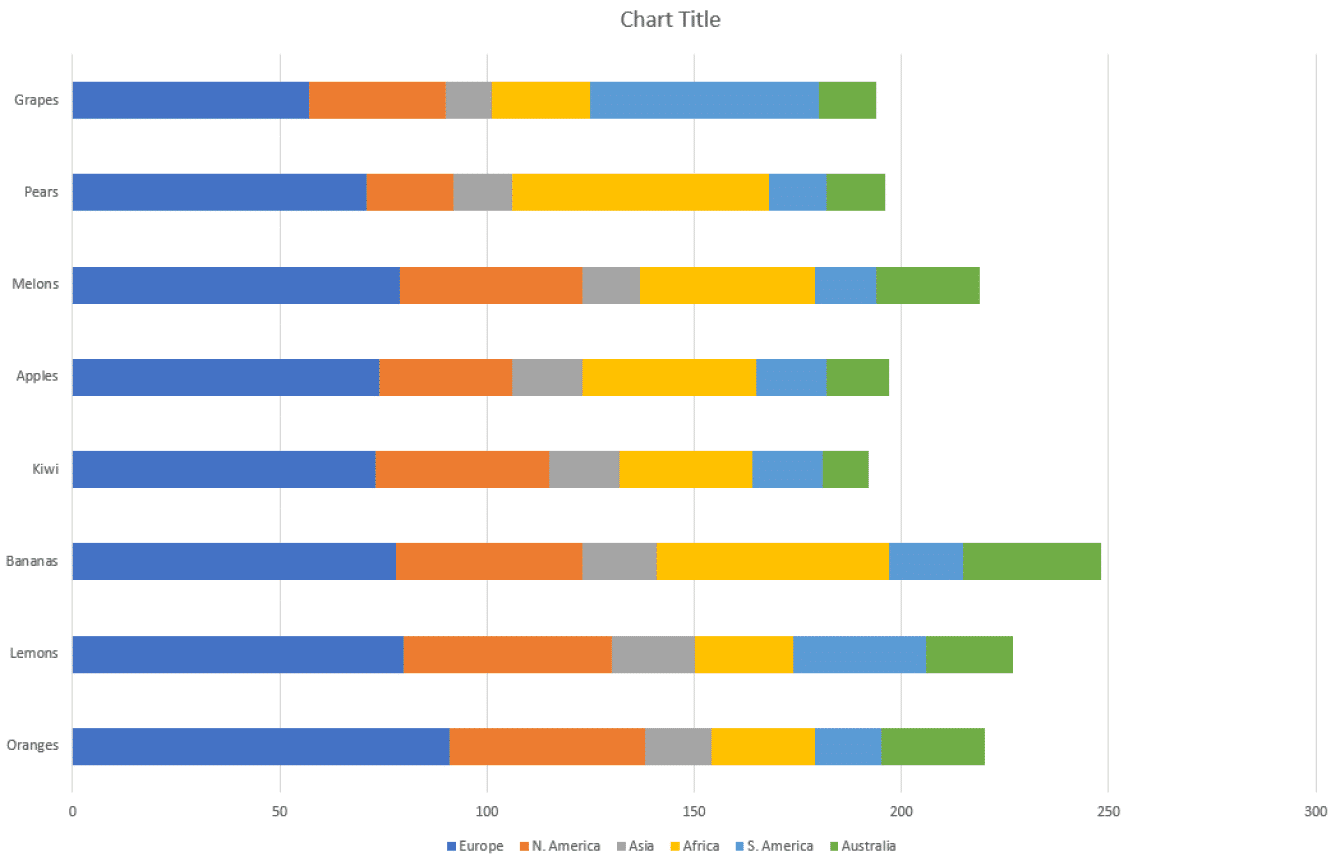

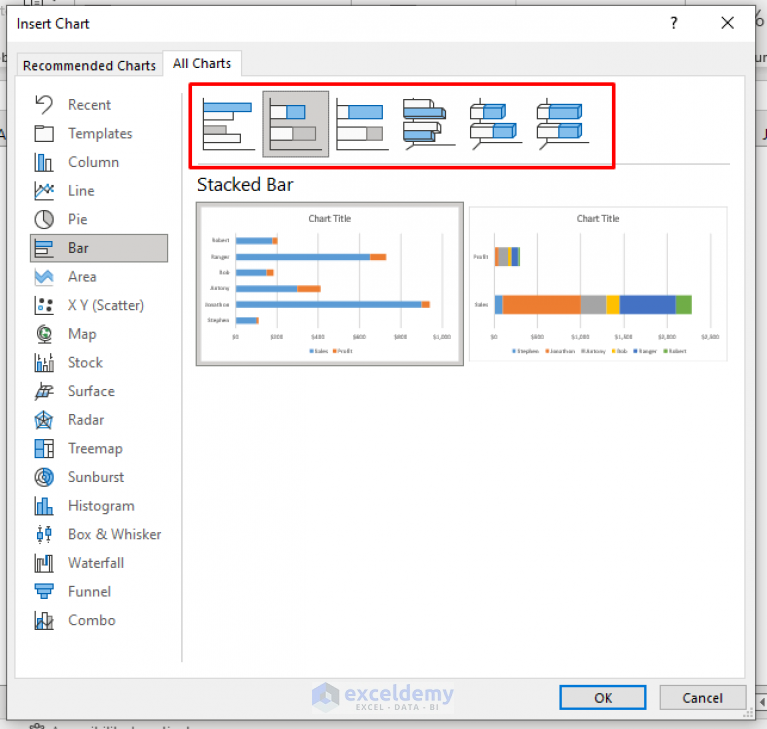
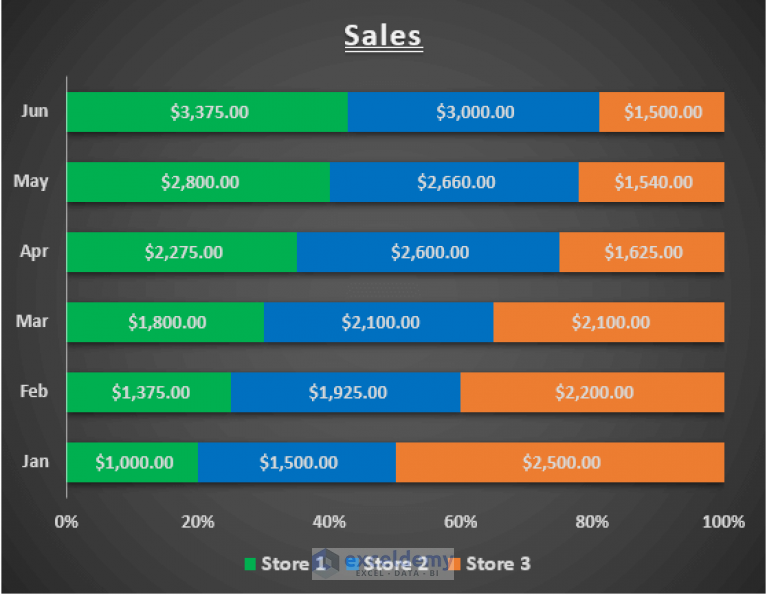
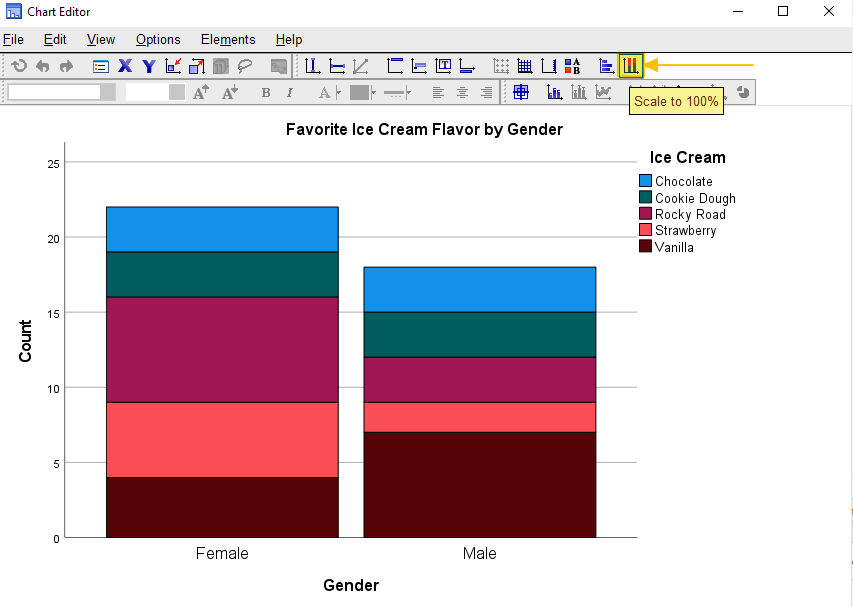
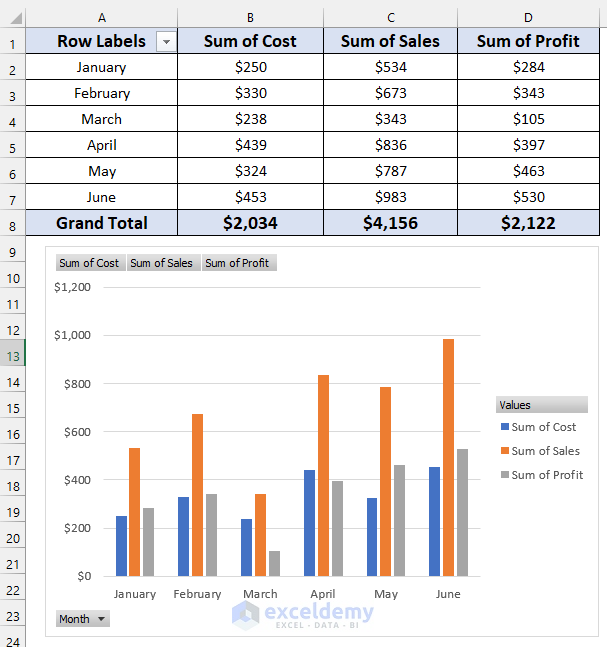




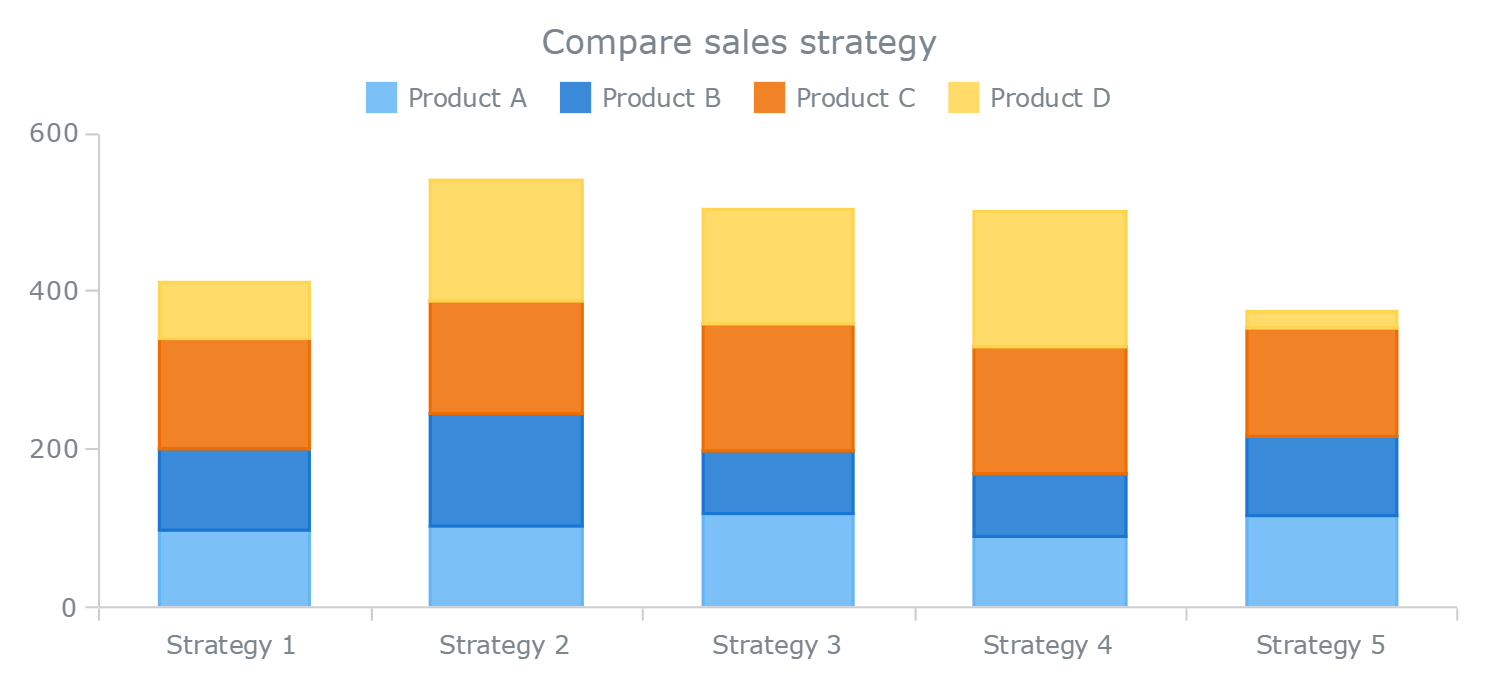


![Stacked Bar Chart in Power BI [With 27 Real Examples] SPGuides](https://www.spguides.com/wp-content/uploads/2022/07/Power-BI-stacked-bar-chart-Multiple-axes.png)
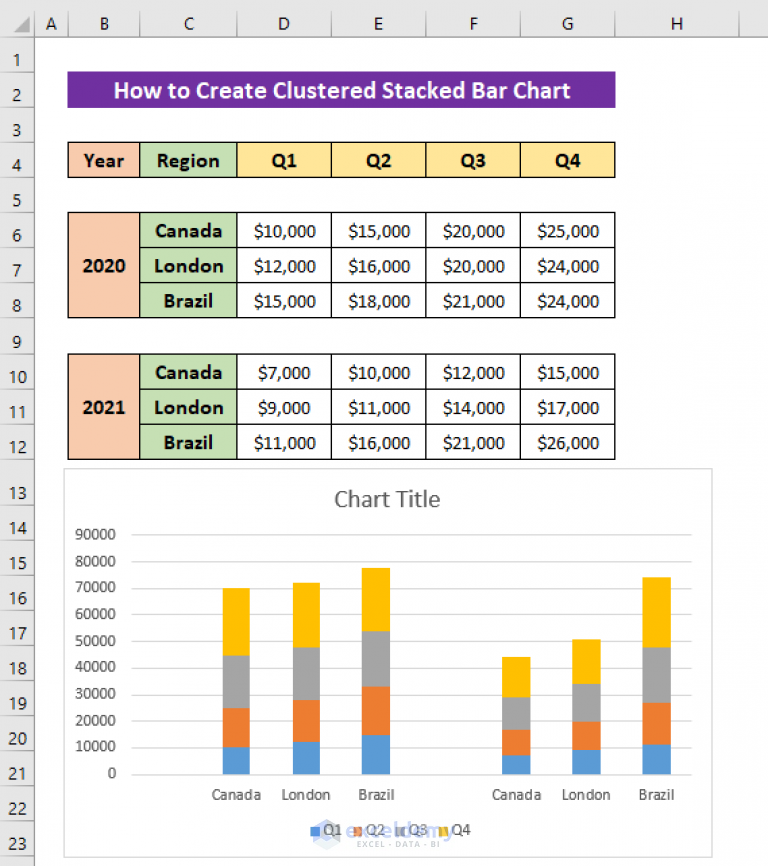


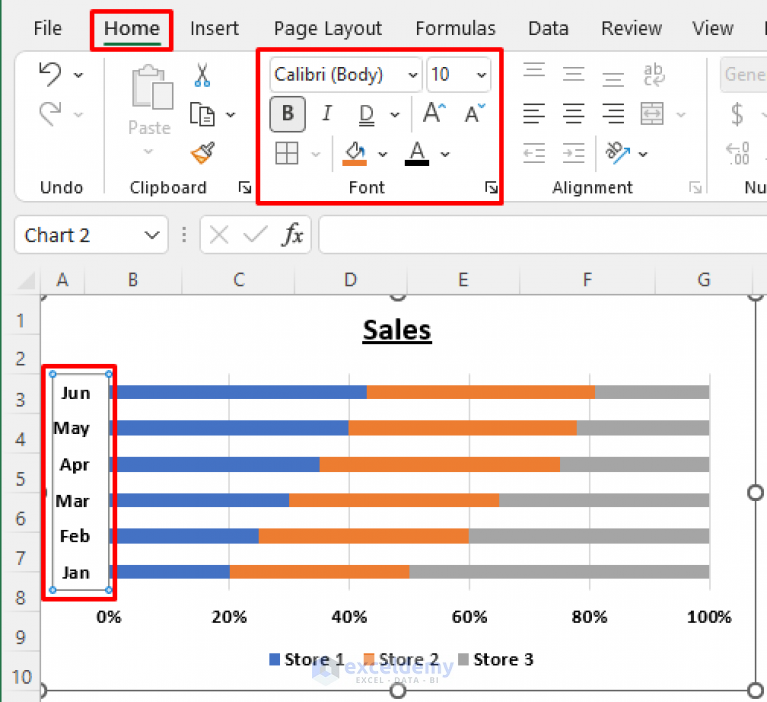

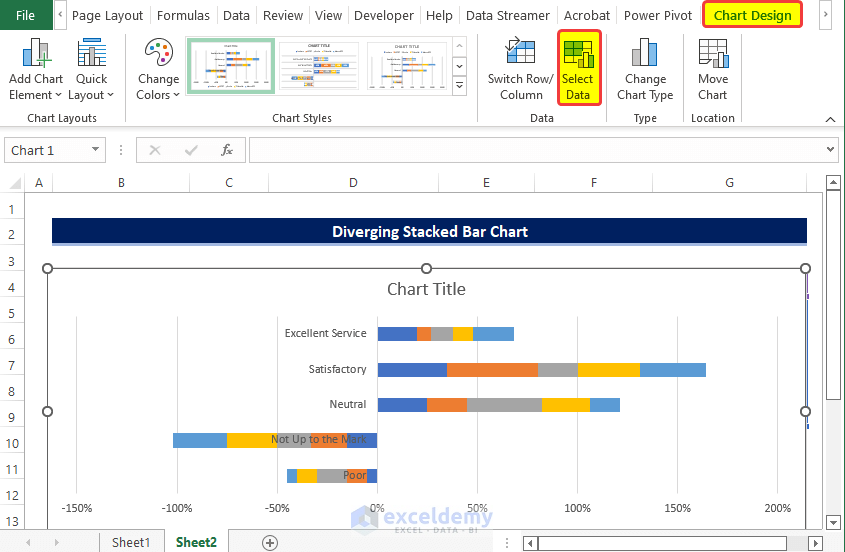
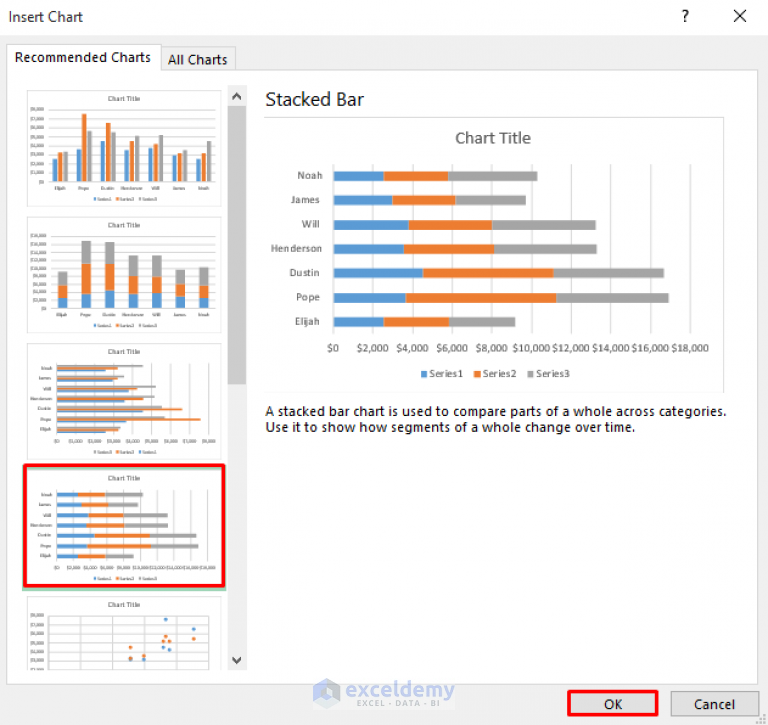
![Stacked Bar Chart in Power BI [With 27 Real Examples] SPGuides](https://www.spguides.com/wp-content/uploads/2022/07/Power-BI-Stacked-bar-chart-show-value-and-Percentage.png)
